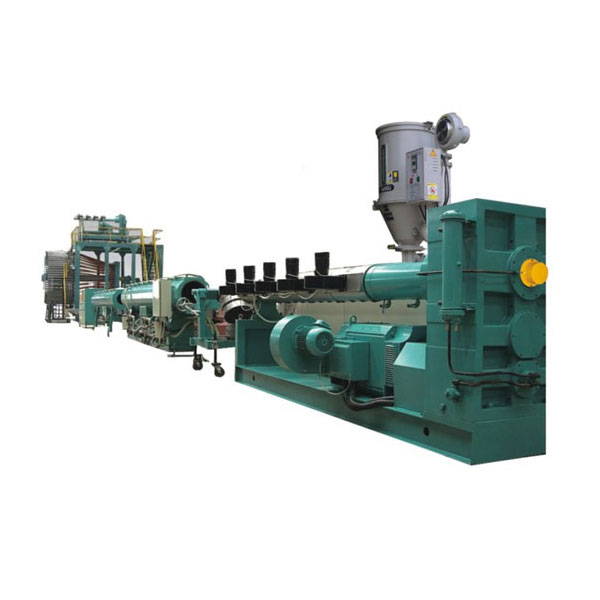The Basics of Extrusion Equipment for Type A Structural Wall Winding Pipe
2024-12-21
When it comes to creating durable and efficient piping systems, Type A Structural Wall Winding Pipe has become a popular choice in various industries. This type of pipe offers superior strength, flexibility, and resistance to environmental stress. Behind the creation of these high-performance pipes lies specialized extrusion equipment, which plays a crucial role in the manufacturing process.
What is Type A Structural Wall Winding Pipe?
Type A Structural Wall Winding Pipes are designed with a hollow, spirally wound structure, providing exceptional mechanical strength and resistance to deformation. These pipes are typically used for applications such as:
- Stormwater drainage systems
- Sewage and wastewater treatment
- Irrigation systems
- Industrial fluid conveyance
The unique structure of these pipes is achieved through a specialized manufacturing process, relying on advanced extrusion equipment.
How Does Extrusion Equipment Work?
Extrusion equipment for structural wall winding pipes involves machines that melt and shape thermoplastic materials into a continuous profile, which is then spirally wound to create the pipe’s structural walls. Here’s how it works:
1. Raw Material Feeding
Thermoplastic pellets, such as high-density polyethylene (HDPE) or polypropylene (PP), are fed into the extruder.
2. Melting and Mixing
The raw material is heated to a molten state using a combination of heaters and rotating screws. Additives may be introduced at this stage to enhance properties such as UV resistance and flexibility.
3. Extrusion of Profile
The molten material is forced through a die, shaping it into a hollow, continuous profile that serves as the winding pipe’s structural wall.
4. Winding and Cooling
The extruded profile is wound spirally around a mandrel or form, creating the pipe’s structural wall. It is then cooled to solidify the shape.
5. Cutting and Inspection
The completed pipe is cut to the desired length and inspected for quality assurance.
Key Features of Extrusion Equipment
1. Precision Extrusion
Modern machines offer precise control over temperature, pressure, and material flow, ensuring consistent quality.
2. Customization
The equipment allows for the production of pipes with varying diameters, wall thicknesses, and profiles to meet specific project requirements.
3. Energy Efficiency
Advanced models are designed to reduce energy consumption, contributing to cost savings and sustainability.
4. Automation
Many extrusion systems feature automated controls, reducing labor costs and improving operational efficiency.
Applications of Structural Wall Winding Pipe
The unique design of Type A Structural Wall Winding Pipes makes them suitable for numerous applications, including:
- Underground drainage systems
- Municipal sewer systems
- Industrial pipelines
- Agricultural irrigation networks
Extrusion equipment for Type A Structural Wall Winding Pipe combines cutting-edge technology and precision engineering to produce high-performance pipes for critical applications. By understanding the equipment and its role in the manufacturing process, industries can better appreciate the value these machines bring to infrastructure development and fluid management.



